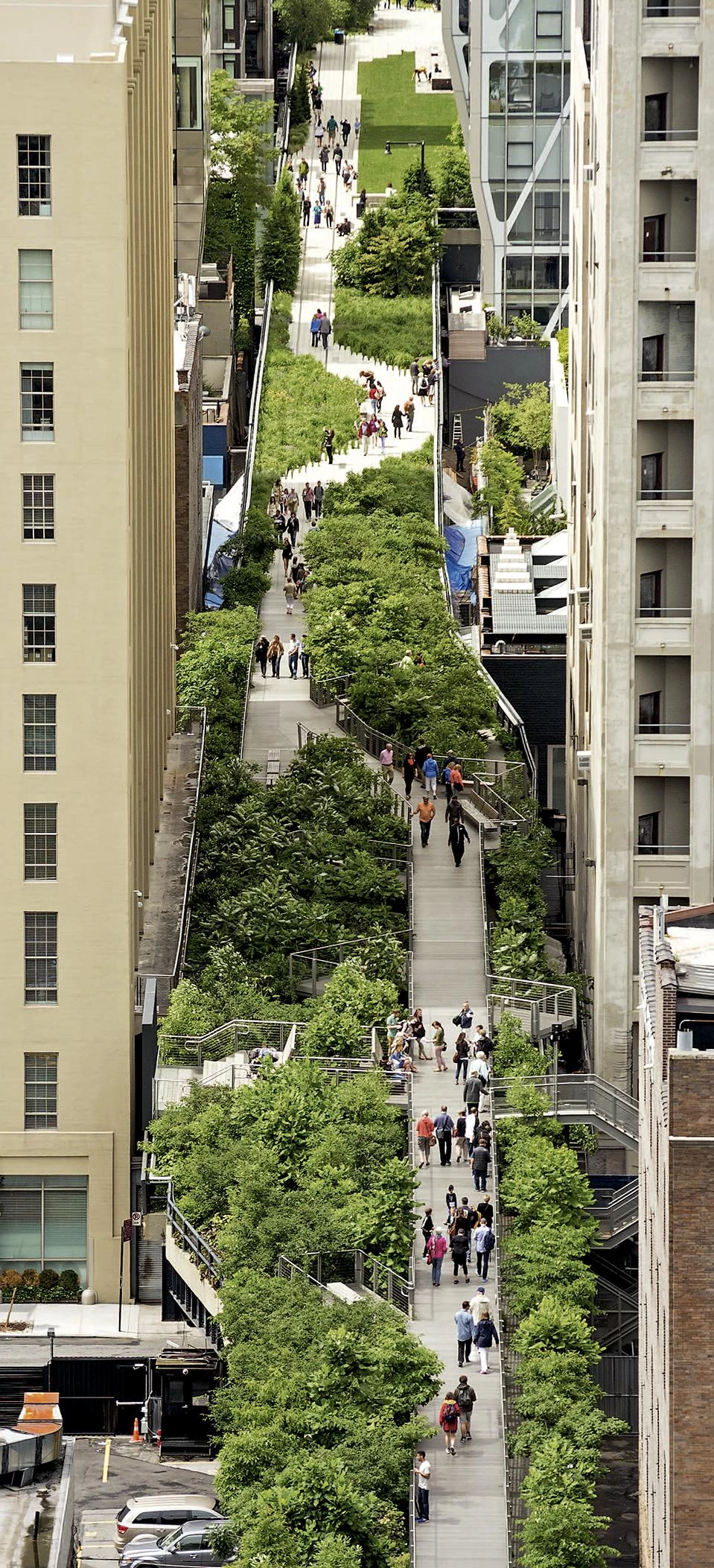What is a space? Is it simply a physical location, like a building or a part of a place? Or is it something more metaphysical, a concept shaped by human interaction and perception? The answer lies somewhere in between. Spaces are not just about physical structures; they are about the activities they host, the lives they intersect with, and the meanings they acquire over time. However, not all spaces achieve this purpose. Some spaces, though designed with intent, end up being neglected, underutilized, or downright forgotten. These useless spaces, if left unattended, can become breeding grounds for undesirable activities or simply remain empty voids in the urban landscape.
Consider, for example, an office zone in a downtown area. At 5 P.M. When the workday ends, this area transforms into an uninviting desert. No bars, no residential buildings, no schools, no supermarkets—just a lifeless expanse, unsupervised and uninhabited. Such empty spaces, if ignored, can invite unwanted elements like crime, turning them from mere voids into dangerous zones.
Useless spaces can be broadly divided into three categories: Urban Cracks, Interstitial Spaces, and Non-Place Spaces. Each has its unique characteristics, but all share the common trait of being neglected or misused, often due to poor planning or changing economic conditions.
- Urban Cracks are voids in the urban environment that were intended for use but remain neglected. These spaces often emerge in cities where planned developments have either failed or where structures have been demolished due to economic shifts. Urban cracks can also serve as unintended buffers between public and private spaces.
- Interstitial Spaces are the ‘in-between’ areas, much like the spaces between cells in biological tissue. These are the gaps between buildings, floors, or rooms that serve a functional purpose, such as housing plumbing or electrical systems. Externally, they might be the narrow spaces separating buildings, often filled with natural landscaping. While they serve a technical purpose, they can also become dead spaces if not thoughtfully integrated into the urban fabric.
- Non-Place Spaces are defined by their lack of identity. These are the uninhabitable spaces that serve merely as transit points — airports, circulation areas, shopping malls. They exist not to be inhabited but to be passed through. When these spaces lack sufficient movement or activity, they become alienated and deserted.
Not all spaces need to be full all the time. Take, for instance, Italian piazzas. These open spaces often appear empty, yet they serve as crucial social hubs, acting as ‘third spaces’ where the community can gather, interact, and relax. In contrast, truly useless spaces fail to serve any meaningful purpose. However, with thoughtful intervention, even the most neglected spaces can be revitalized.
The COVID-19 pandemic provided an example of how spaces can be repurposed. City spaces were converted into triage sites and field hospitals to manage the overflow of suspected COVID-19 cases. This was a temporary but essential transformation of space, turning what might have been considered useless into a critical resource.
The New York High Line is a prime example of how a neglected space can be transformed. Originally an abandoned railway, it was repurposed into a vibrant urban park. This green lung combines wild nature with urban life, offering a space where social and cultural activities can thrive. Similarly, the Minhocão in São Paulo, Brazil, an elevated expressway, is closed to traffic at night and on weekends, allowing it to be repurposed as a public space for the community.

Various towns in Colorado, USA, have embraced the concept of parklets — customized, flexible, open-air spaces built in old parking areas or along public sidewalks. These parklets promote outdoor activities, offering a sense of independence while providing privacy from passersby. Such initiatives showcase how even small, overlooked spaces can be revitalized to benefit the community.
In Córdoba, Argentina, the Caffè del Popolo is an example of an innovative use of space. This café was established in a triangular void between two apartment blocks, a space that might have otherwise been deemed unusable. The success of such projects highlights the importance of reimagining and repurposing spaces that might initially seem useless.

There is a tendency to focus on repurposing buildings, but not as much on spaces, whether public or private. Yet, the potential for transformation is always present. In the Netherlands, the city of Utrecht removed a highway and restored it to a canal that had been part of the city since 1122. Similarly, in Boston, the rerouting of the highway system funded numerous projects, including the creation of the Rose Kennedy Greenway.
These examples demonstrate how spaces that may seem inefficient by design can be repurposed into vibrant, useful areas, given enough creativity, effort, planning and collaboration.
SAO, Janhvi. Dead Spaces in Architecture. architerrax. Available at: https://www.architerrax.com/post/dead-spaces-in-architecture. Accessed: 13 ago. 2024.
AUDOLY, Sonia. Reinventing unused spaces. Interni Magazine. Disponível em: https://www.internimagazine.com/architecture/urban-spaces/. Accessed: 13 ago. 2024.
Leave a Reply